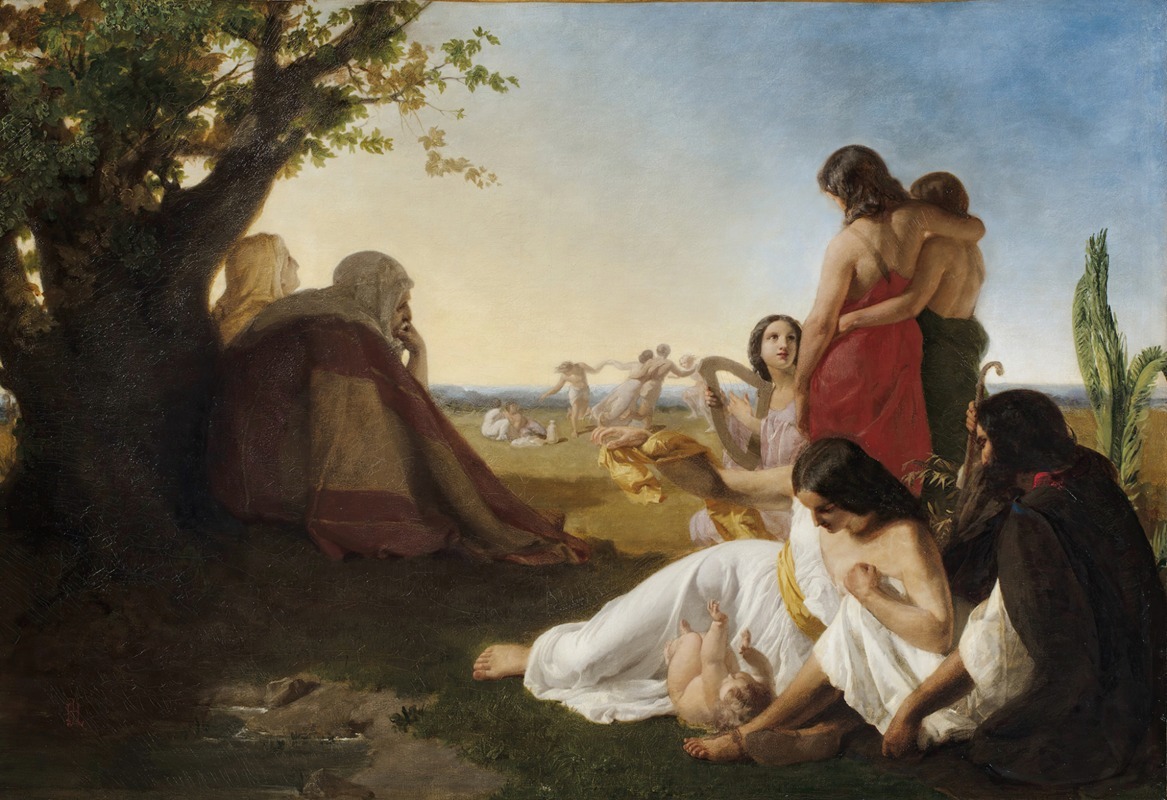
Allegory Of Human Life
A hand-painted replica of Henri Lehmann’s masterpiece Allegory Of Human Life, meticulously crafted by professional artists to capture the true essence of the original. Each piece is created with museum-quality canvas and rare mineral pigments, carefully painted by experienced artists with delicate brushstrokes and rich, layered colors to perfectly recreate the texture of the original artwork. Unlike machine-printed reproductions, this hand-painted version brings the painting to life, infused with the artist’s emotions and skill in every stroke. Whether for personal collection or home decoration, it instantly elevates the artistic atmosphere of any space.
Henri Lehmann's "Allegory of Human Life" is a notable work by the 19th-century French painter, who was known for his contributions to the Romantic and Neoclassical movements. Lehmann, born in 1814 in Kiel, Germany, moved to Paris where he became a student of the influential painter Jean-Auguste-Dominique Ingres. Under Ingres' tutelage, Lehmann developed a style characterized by precise draftsmanship and a focus on classical themes, which is evident in "Allegory of Human Life."
The painting, created in the mid-19th century, reflects Lehmann's interest in allegorical and historical subjects, a common theme among artists of his time who were influenced by the Romantic movement's fascination with the human condition and the Neoclassical emphasis on classical antiquity. "Allegory of Human Life" is a visual representation that seeks to encapsulate the various stages and experiences of human existence through symbolic figures and motifs.
In this work, Lehmann employs a composition that is both structured and harmonious, typical of Neoclassical art, yet imbued with the emotional depth characteristic of Romanticism. The figures in the painting are likely depicted in classical attire, engaging in activities or gestures that symbolize different aspects of life, such as youth, adulthood, and old age, or virtues and vices. This approach allows the viewer to reflect on the transient nature of life and the universal experiences that define the human journey.
Lehmann's use of color, light, and shadow in "Allegory of Human Life" would have been carefully considered to enhance the narrative and emotional impact of the painting. His training under Ingres is evident in the meticulous attention to detail and the graceful rendering of the human form. The painting likely features a balanced composition, with a clear focal point that draws the viewer's eye and invites contemplation.
Throughout his career, Lehmann was recognized for his ability to blend the idealized beauty of classical art with the expressive potential of Romanticism. His works often explore themes of morality, destiny, and the passage of time, making them resonate with audiences both in his own era and today. "Allegory of Human Life" is a testament to Lehmann's skill as a painter and his philosophical engagement with the themes of existence and the human experience.
Henri Lehmann's contributions to the art world extend beyond his paintings; he was also a respected teacher at the École des Beaux-Arts in Paris, where he influenced a new generation of artists. His legacy is reflected in the continued appreciation of his works, which capture the complexity and beauty of human life through the lens of allegory and classical tradition.
While specific details about the provenance or current location of "Allegory of Human Life" may not be widely documented, the painting remains an important part of Lehmann's oeuvre, illustrating his mastery of allegorical storytelling and his ability to convey profound philosophical ideas through art.





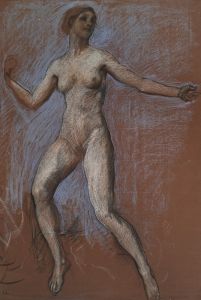
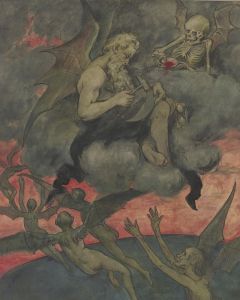
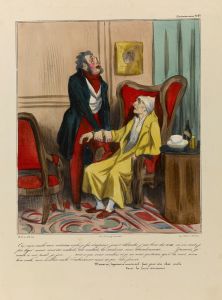
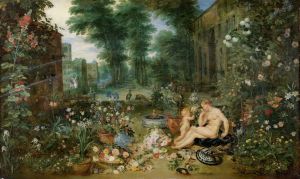
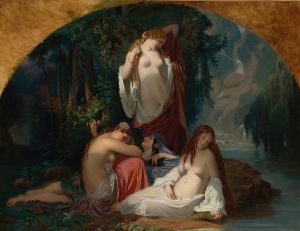
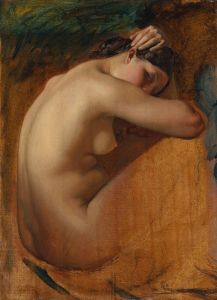
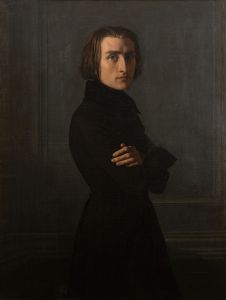
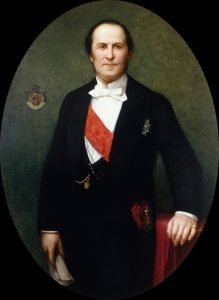
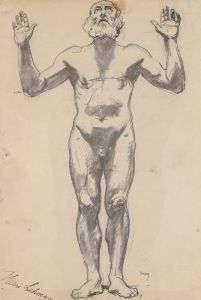
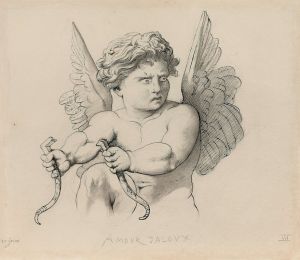
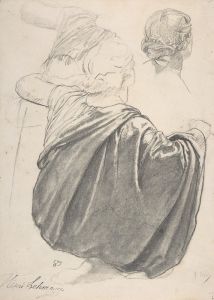
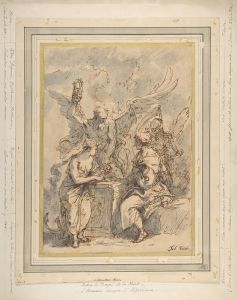
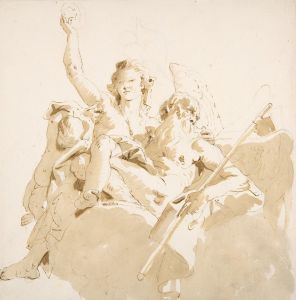
![After Vice Comes Fornication [Simpleton]](/imgs/264583/s/francisco-de-goya-after-vice-comes-fornication-simpleton-880a5769.jpg)